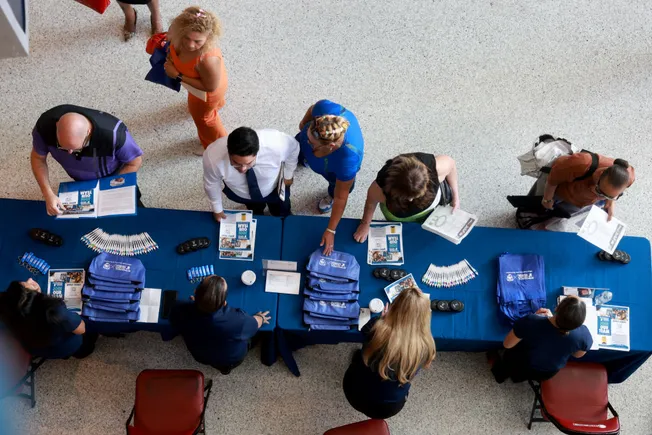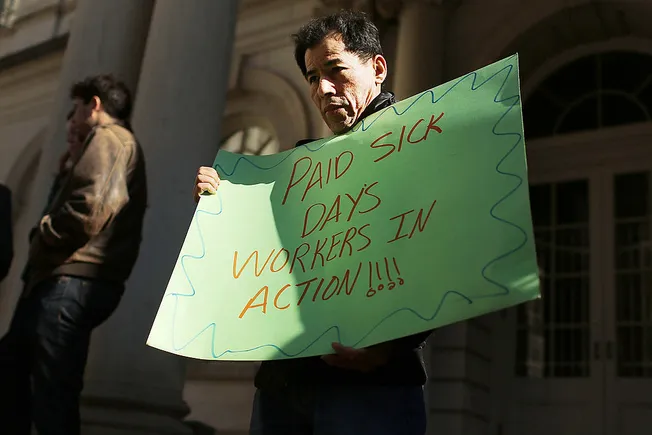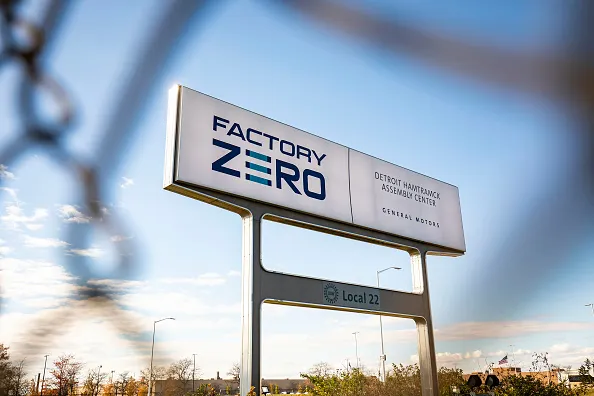Dive Brief:
- Younger workers, those aged 25 to 29, have experienced the greatest slowdown in pay gains, potentially driven by fewer job-to-job moves that can boost earnings, according to research released Wednesday by the JPMorganChase Institute.
- Generally, early-career workers have lower income levels but higher growth than those later in their careers. However, growth for workers aged 25 to 29 is now only 4 percentage points higher than that of a worker in their 40s, compared to the 6% to 7% level seen largely through 2022, per the report.
- Meanwhile, overall real income growth for those aged 25 to 54 hit nearly the lowest levels in a decade, falling early in the year and remaining low through the end of September. The report used population-representative data from December 2010 through September 2025.
Dive Insight:
The challenges facing younger workers “carry implications beyond concern for this potentially vulnerable group: they can provide a signal for the state of the overall labor market,” the report said.
“While private sector layoffs remain low, the labor market is producing fewer new job matches. This can disproportionately affect younger people that rely on a dynamic labor market to climb the career ladder, explaining their slower pace of gains relative to historical trends,” per the report.
A slowdown in income gains compounds other challenges facing younger workers, such as rising housing costs, the research found.
“Without stronger income gains, they may need to wait even longer for their budgets to catch up to their financial goals,” JPMorganChase Institute said.
Workers’ financial struggles were also recorded in Bank of America’s 2025 Workplace Benefits Report, released last month. Driven partially by a higher cost of living and inflation, double the number of workers are turning to their employers for help with their immediate financial needs, such as emergency savings, reducing debt and general financial wellness, per the report, which was conducted in partnership with Bank of America Institute.
At the same time, U.S. wage growth is expected to be flat next year, according to recent data from compensation vendor Payscale. Salary budget increases are likely to remain relatively unchanged in 2026, at 3.5%, down just 0.1% from 2025.






Leave a Reply